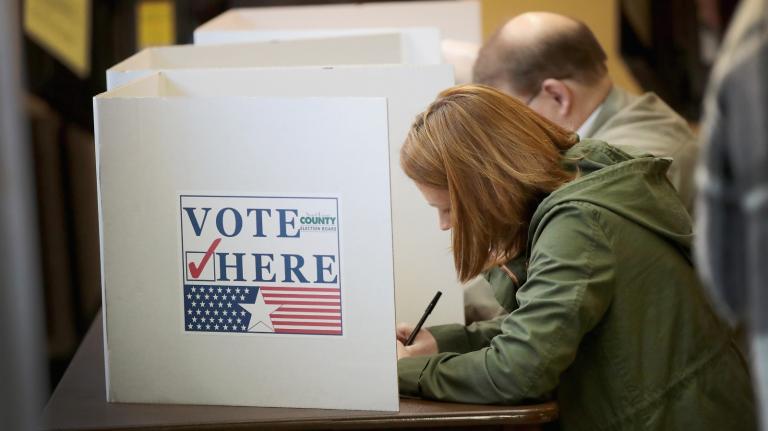By the time Mtangulizi Sanyika got to Houston in September 2005, he and his wife were tired of moving. Sanyika, a lifelong resident of New Orleans and a professor at a historically Black college in the city, had spent weeks jumping from town to town after being displaced by Hurricane Katrina. Simultaneously, he waited for information about his mother and sister, who had been stranded in New Orleans’s Charity Hospital with no power and little food. Eight people died at the hospital while waiting to be evacuated, but Sanyika’s mother and sister made it out, and the family reunited in Houston, where some of their cousins lived.
Within a few months, Sanyika and his wife had set up in an apartment provided almost for free by the administration of Houston mayor Bill White, a Democrat, and funded by the Federal Emergency Management Agency, or FEMA. The Texas city staged an unprecedented resettlement effort after more than 200,000 displaced people arrived post-Katrina, many of them crowded into the Astrodome sports stadium. White’s evacuee rehousing program earned Houston nationwide praise, and it was so successful that tens of thousands of displaced storm victims chose to stay in the city for good.
Sanyika and his wife were two of those people. They had a deep connection to New Orleans, but had no idea how long they would have to wait for their hometown to recover. When they started looking for apartments in Houston, however, Sanyika encountered a surprising stigma: When he told potential landlords that he was living in an apartment paid for with Katrina recovery money, they shied away from renting to him. Only once he and his wife stopped mentioning the recovery money did they manage to secure an apartment in a new development on the southwest side of the city, later purchasing a house just down the road.
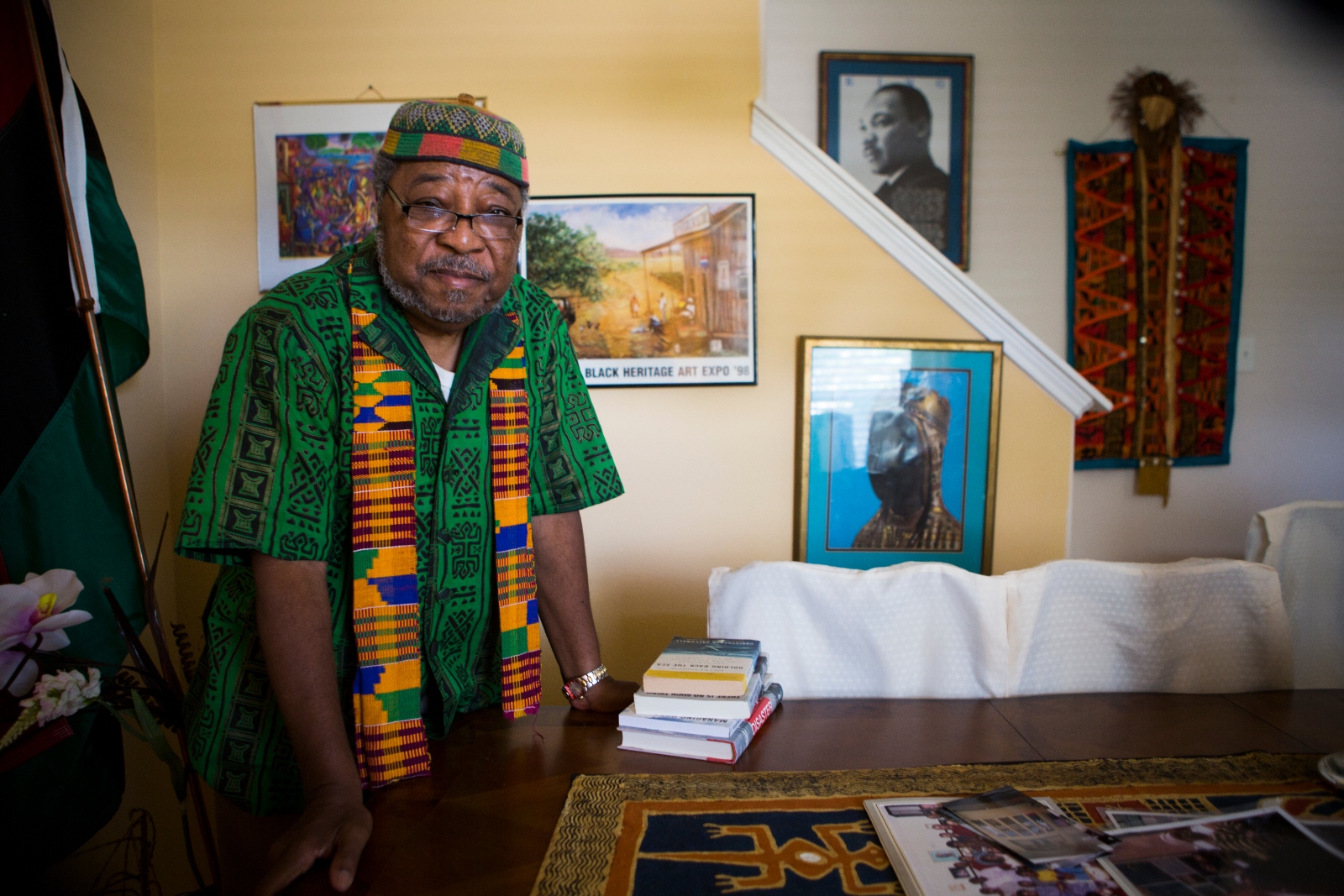
“A lot of property owners had basically an aversion to that,” said Sanyika. “Once we dropped FEMA aid, then the market opened up in a different kind of way.”
By then, Sanyika had founded an organization, the New Orleans Association of Houston, to keep tabs on all the storm survivors in the city, and he was hearing similar stories of discrimination. Job applicants couldn’t get calls back if they had a 504 area code, and Sanyika said students faced harassment at school from teachers and peers who believed they were criminals and gang members. Local papers fanned this sentiment with thousands of lines of text about evacuees committing crimes, blaming them for a spike in the city’s murder rate.
Faced with this publicity crisis and a looming re-election campaign, the welcoming Houston government changed course and stepped up policing in the areas where evacuees were living, arresting numerous evacuees and pushing more back to New Orleans. The tenor of this response was always racial: New Orleans’s population was more than two-thirds black when Katrina hit, compared to less than a quarter in Houston, and many Houstonians projected racial prejudices onto the arriving evacuees.
“The dynamics of race and ethnicity and apprehension toward immigrants drove largely antagonistic beliefs about the mostly poor, mostly black new arrivals,” wrote the authors of a study that analyzed Houston’s response to Katrina.
Local ire about the Katrina evacuees faded as time went on and they merged into the city’s social fabric. Sanyika said he rarely heard about outright discrimination in later years, at least among the members of his organization. But the difficulties of the Katrina diaspora in Houston represent a profound warning for the future of climate displacement: Despite the city’s excellent resettlement process, and despite the fact that the evacuees didn’t make life harder for most native Houstonians, the city’s longtime residents still soured on them, confronting them with the same attitudes that international migrants often face upon arriving in the United States.
It also demonstrated that climate disasters can be a political liability for communities that receive disaster victims, just as much as for the communities that suffer the disasters themselves.
Bill White was less than two years into his first term as Houston’s mayor when Katrina broke the levees in New Orleans as a Category 3 storm. He later said he supersized Houston’s hurricane response out of compassion for the storm victims, reflecting that “you should treat your neighbors the way you’d want to be treated.” As the city’s Astrodome filled with evacuees, who arrived by the busload after New Orleans vacated its own infamous stadium, FEMA offered to help White secure thousands of temporary trailers and hotel rooms for them. But he and his administration declined, instead asking them to reimburse the city for long-term housing in apartments.
“We knew it was going to be a while before they could go back,” White told Grist. “The Red Cross-style shelters that [FEMA was] set up to do, that obviously wouldn’t work for an event of this magnitude.”
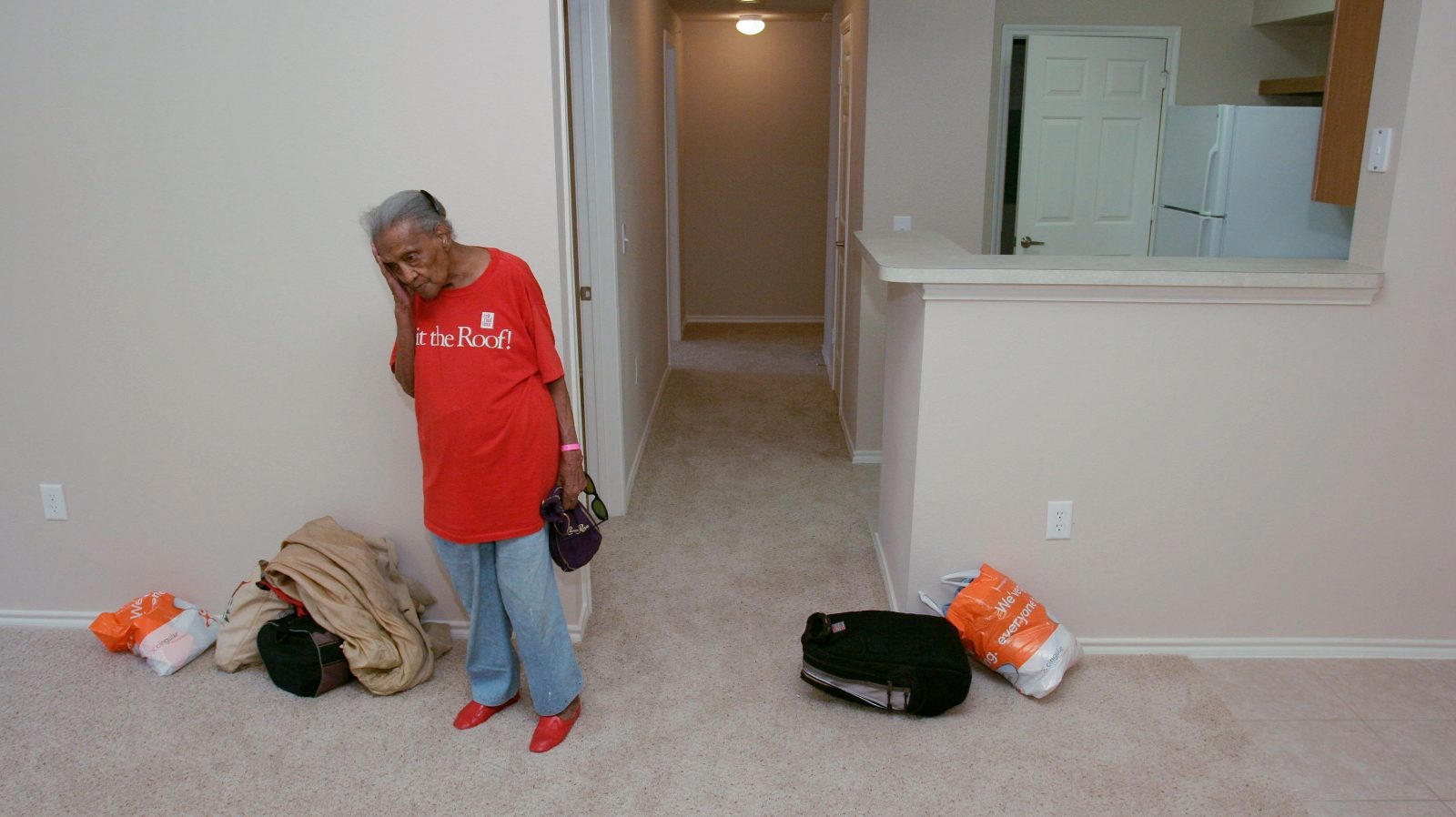
Wary of federal bureaucracy, White set up a bespoke housing voucher program with aid from the private sector, cajoling hundreds of apartment landlords across the city to donate units to the cause. Nonprofits and faith organizations such as the Catholic Charities volunteered to help evacuees with case work as they applied for disaster assistance or sought temporary jobs. White had no guarantee from FEMA that the agency would reimburse him, but he promised the landlords that he would convince the feds to pony up, and in time he did. This tremendous act earned the city national praise. Even the local newspaper in its cross-state rival, Dallas, named Houston the “Texan of the Year” in 2005.
But despite White’s efforts, the city’s goodwill was not unlimited. Because large landlords could choose which apartment complexes to house evacuees in, most ended up clustered in older buildings, many of them in worse-off parts of the city, said Sanyika. The majority didn’t yet have jobs or cars, let alone any familiarity with Houston geography. As city politicians tell it, these conditions led to flare-ups of the old gang conflicts that had divided New Orleans’s largest public housing complexes.
In August 2006, a 64-year-old man named Rolando Rivas was shot and killed at a car wash in southwest Houston, after what appeared to be a robbery gone wrong. A few days later, police arrested three teenagers in connection with the crime, all of whom had left New Orleans after Hurricane Katrina. The car wash murder was an isolated event, but it supercharged a media narrative that had been building for months. The Houston Chronicle and several national newspapers blared with negative headlines — “Houston ties murder increase to Katrina,” “Katrina evacuees wearing out welcome in Houston,” “Katrina Evacuees Exporting Violence to Houston.”
“As it relates to murders, there’s a definite Katrina effect,” Captain Dale Brown, a high-ranking officer in the Houston Police Department, told the Houston Chronicle in 2006. The police would later claim that they tied 60 murders that took place in 2006 to Katrina evacuees.
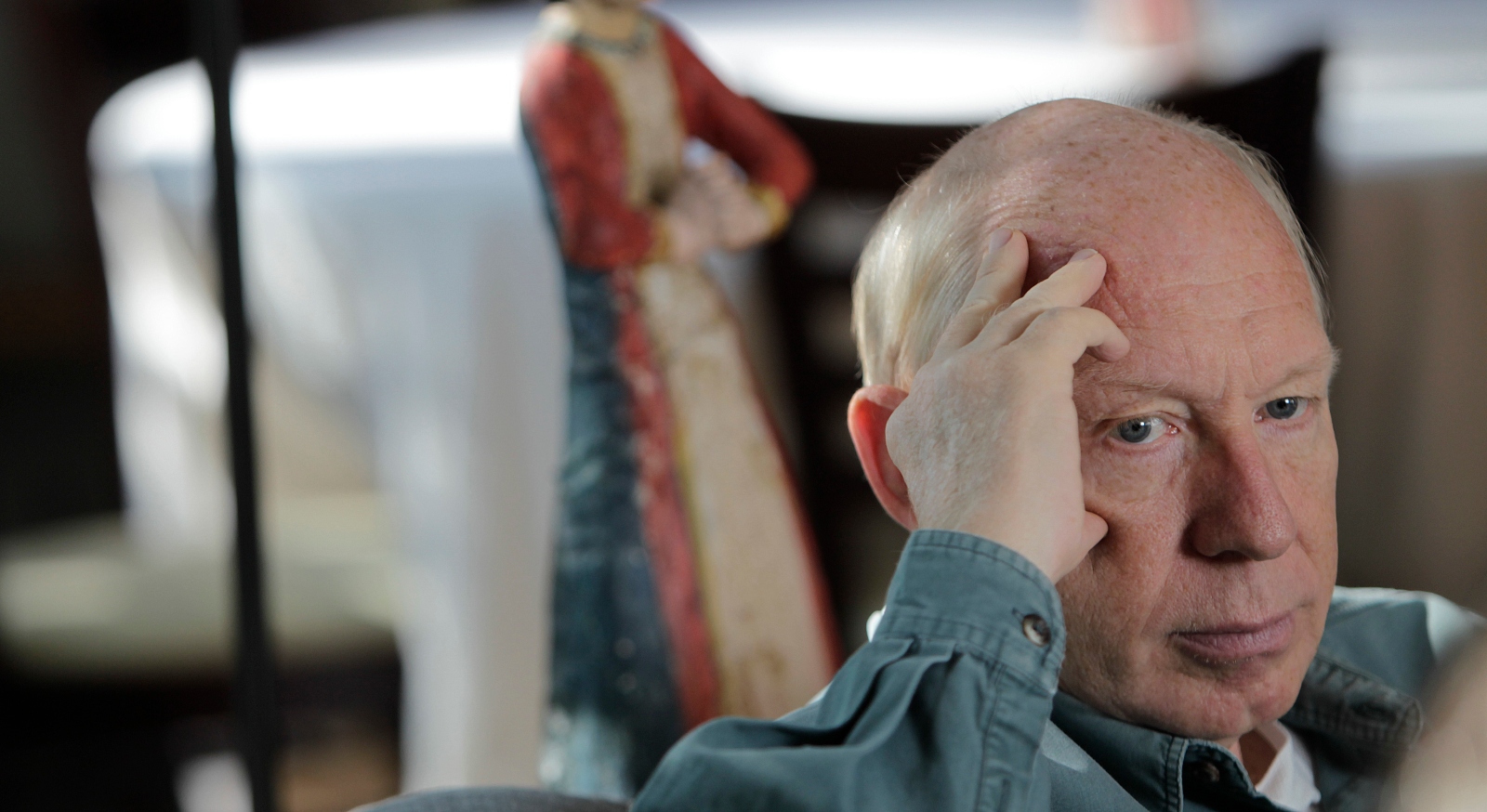
But studies have since cast doubt on the idea that evacuees were to blame for the short-lived crime spike in Houston. The city saw almost 400 murders in 2006, a 13 percent rise from the previous year, but violent crime in the city had already been rising for years, and many types of crime, such as assault and burglary, never rose even after the evacuees arrived. Moreover, other cities like San Antonio that took in evacuees didn’t see similar trends.
A 2010 study in the Journal of Criminal Justice, led by the law enforcement expert Sean Varano, found that the displacement of Louisianans into nearby major cities — including Houston, San Antonio, and Phoenix — caused “only modest effects” on crime. Varano and his colleagues theorized that the city’s police department might have played up the impact of Katrina to direct attention away from the fact that the department had been dealing with staffing shortages caused by a wave of officer retirements.
Tanya Settles, a political science expert and government communications consultant who has studied Houston’s response to Katrina evacuees, said that the city’s concern over crime was a classic moral panic, with a response far out of proportion to the facts.
“There was a political interest in trying to make sure that [the evacuees] left,” she said.
These details didn’t seem to matter at the time. The very popular White administration started to take flak for the perceived crime wave, with reporters crowding press conferences and residents showing up at meetings to yell at council members. The complaints about crime also amplified other concerns about whether the city could handle the influx of evacuees: The Houston school district had to enroll 4,700 new students and hire almost 200 new teachers after Katrina. One study found that the arrival of evacuees reduced local wages by around 2 percent as evacuees and locals competed for jobs. According to an annual public opinion survey conducted by the Kinder Institute at Rice University, the percentage of Houstonians who thought accepting Katrina evacuees was a bad thing rose from 47 percent to 70 percent between 2005 and 2008.
“The evacuees had a large footprint, but they were assimilated into a very, very large metropolitan area, so for most people there wasn’t a sense of being overwhelmed by strangers,” said Stephen Klineberg, the Rice University sociologist who ran the study. “But the crime thing was kind of a surrogate for all these anxieties, about, ‘why are these people coming here?’”

Stan Honda / AFP via Getty Images
Michael Moore, who served as White’s chief of staff, says that a deluge of media coverage distorted residents’ views about the effect evacuees were having on Houston, which he maintains was minimal.
“There were probably 10 bad stories to every good story,” said Moore. “There were a lot of tough press conferences and community meetings where we said we were getting a handle on it, but there’s nothing you can do that really can alleviate people’s fears until that number goes down.”
Even so, White changed tack — at the time, Houston mayors served two-year terms, so he was up for reelection in 2007. He instructed his police chief to crack down on crime among evacuees. Cops stepped up enforcement of low-level offenses like drug possession and conducted random traffic stops around apartment complexes housing Katrina victims.
“I said repeatedly at the time that we had a special housing program for law-abiding citizens, which was the vouchers,” White recalled. “We also had a program for those who violated our criminal laws. And it was called the jail.” (The Houston Police Department has said it never tracked how many Katrina evacuees it arrested.) Later on, when the federal government tried to extend housing aid for Katrina survivors in Houston, White pushed back, saying it was time for evacuees to either support themselves or leave the city.
By the four-year anniversary of the hurricane, the supposed crime spike had faded and murder rates had declined. It’s almost impossible to be certain about the causal relationship: Maybe the evacuees who were committing the crimes moved back to New Orleans, Maybe many of them ended up in jail, or crime rates ticked back down the way they often do. Or maybe residents ceased to worry about evacuees after the news media moved past the issue. Most Houstonians had never directly encountered the evacuees anyway, so it didn’t take long for them to forget about the problems the displaced community had supposedly caused. When White ran for re-election in 2007, he won handily.
Even so, there is some evidence that the experience may have left scars on Houston’s psyche. The last time researchers at the Kinder Institute asked a question about evacuees in their Houston survey, in 2009, 57 percent of respondents said the evacuees had been a bad thing for the city, down from an earlier peak, but still much higher than just after the storm. Even more concerning, the share of residents who said that ethnic diversity made the city stronger dropped from 69 percent to 60 percent. Even 10 years later, many Katrina evacuees reported having trouble getting jobs when they called potential employers with a New Orleans area code. One study concluded that native Houstonians perceived the evacuees the same way they did immigrants from other countries, treating them as unauthorized interlopers, and indeed some angry residents at the time referred to evacuees as “Katrina illegal immigrants.”
The arc of events in Houston raise concerns for future displacement crises, which are being made more frequent by climate change and intensifying extreme weather. The ambition and execution of the city’s humanitarian effort after Katrina won national praise, but it also led to local criticism, stoked in part by the media, which later resulted in an aggressive police crackdown on a largely Black community, followed by years of marginalization and social pressure.
“It seems like the perception of the city’s efforts to rehouse the evacuees was colored by people’s perception of the people themselves,” said Settles.
It seems unlikely that Houston would be as generous to evacuees if another Katrina happened tomorrow. Even though the city still has a liberal mayor, White’s rehousing response relied to a great extent on help from the state government, which has veered even farther to the right since the storm. Settles points out that Governor Greg Abbott of Texas, who as a first-term attorney general during Katrina tried to stoke panic about sex offenders being among the New Orleans evacuees, has now garnered national attention for bussing immigrants to liberal cities like New York and Chicago.
For another thing, Houston itself has been battered by several climate disasters in the years since Katrina. Hurricane Rita hit Houston later the same year; Hurricane Ike three years after that. After back-to-back years with disastrous floods, Hurricane Harvey dropped 50 inches of rain on the city in 2017, displacing former Mayor White and thousands of other residents. Then the city lost power for days in 2022 when its electricity grid froze during Winter Storm Uri. It lost it again this year when Hurricane Beryl downed hundreds of electricity poles.
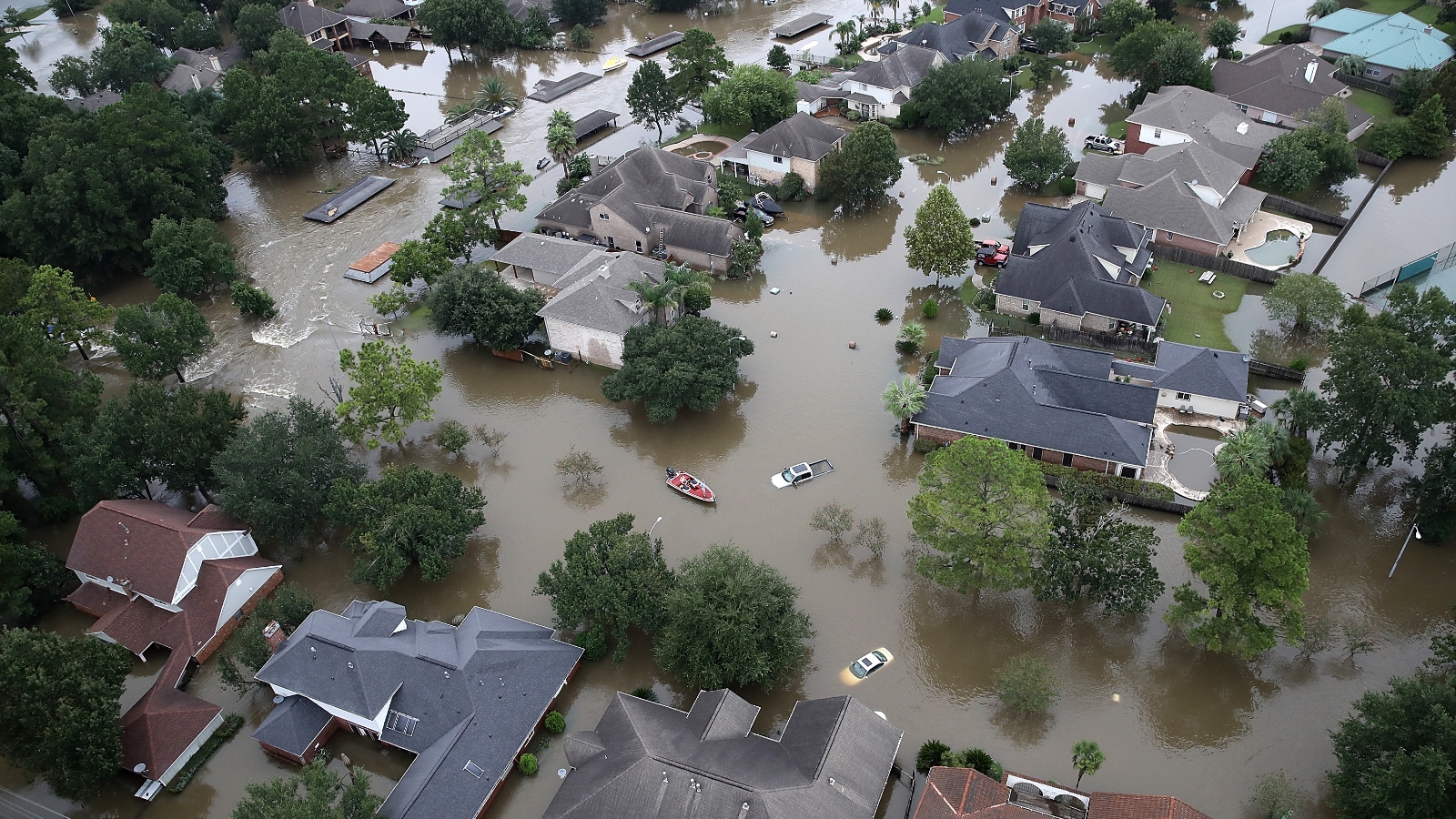
Robert Stein, a political scientist at Rice University who also studied crime among the city’s Katrina evacuee population, says he doubts Houston would welcome evacuees again, in part because keeping Houstonians safe from climate change has become hard enough.
“If that happened again, I’m not certain that the city and the county would be reaching out,” he said. “It’s because of the experience of helping Katrina evacuees, but also the context of, we’re suffering too, and we’re having trouble providing basic services ourselves.”
Indeed, many places once considered resilient to climate disasters, from Vermont to Colorado to the Pacific Northwest, have suffered devastating impacts from floods, fires, and extreme heat, and have languished for years while waiting for federal funding to rebuild.
For Sanyika’s part, the last decade of climate disasters in Houston hasn’t made him want to leave. His home is relatively new, and built well out of a flood zone, away from major rivers and bayous. Plus, he looks around the country and sees disasters everywhere. At 81, he doubts that he could get any safer by moving inland or farther north.
“You have to ask the question, is there some place where you will not be at risk, and there’s just no place you can go,” he said, “so we didn’t have any problem with just staying here. But we didn’t expect the weather events to be as bad as they were.”
